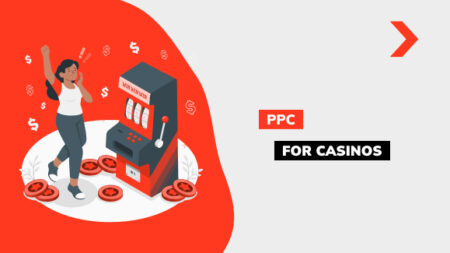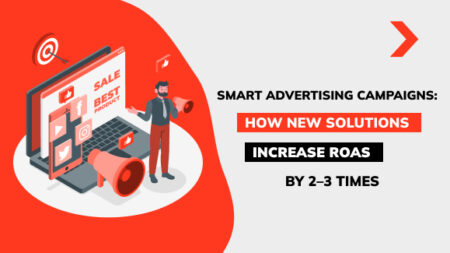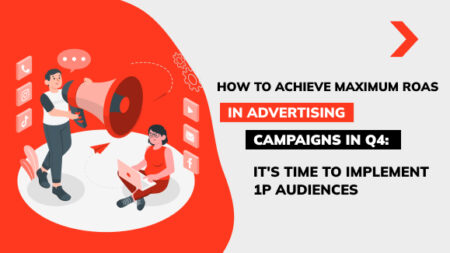Key Differences Between Google Ads and Facebook Ads
Two key networks shine when it comes to publicizing a business: Google Ads and Facebook Ads. Though both networks deliver a broad outreach to potential clients, their focus and services contrast.
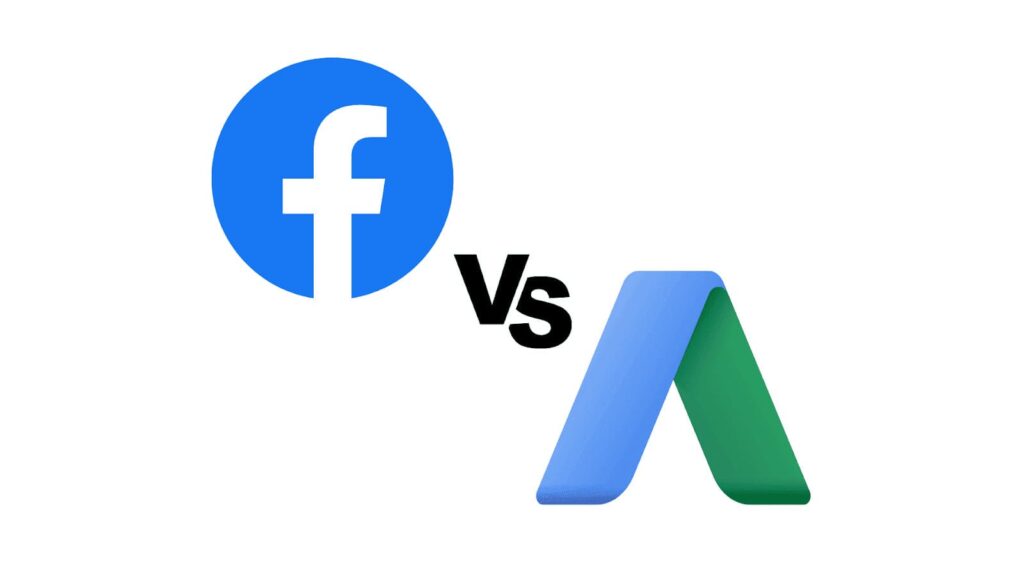
Including intent and advertising costs, it’s possible to identify the contrasting features that distinguish each third party. In this article, we’ll talk about the differences between Google Ads and Facebook Ads — the objectives you can reach on each platform and all the benefits of each in terms of business growth.
How do Google Ads and Facebook Ads work?
Brands build advertising aimed at keywords. When ads mention keywords that are appropriate for a user’s Google search intent, a bidding process is initiated. Overall, Google Ads puts all appropriate ad campaigns into the auction, with one per profile.
In turn, Facebook Ads target individuals by considering their location, demographics, and profile details. Many of these features are only available through Facebook. After making an ad, you allocate a budget and pay for every click or 1,000 impressions the intended ad drives.
Targeting Capabilities
Google Ads targeting that relies on keywords allows you to reach a certain set of potential clients based on search intent. Users will encounter your ad creatives when actively searching for relevant products or services. But they can also be addressed to criteria like age, gender, parental status, or household income. Likewise, with Facebook Ads, those who advertise products could target certain subjects, habits, activities, or other points to reach the intended audience.
Audience-Based Targeting in Facebook Ads
Facebook provides a wide range of attacking alternatives, namely a primary audience, customizable audiences that adopt the provided data, such as customer lists, and a lookalike audience that enables you to reach users similar to the best clients. Your segments should be categorized from profiles, including data points.
Intent-Based Targeting in Google Ads
Personalized advertising is a mechanism of the Google Display Network that enables businesses to focus on people proactively looking into their offerings. It allows marketers to draw conclusions about the subject matter and develop remarketing initiatives, inbound content, and a follow-up procedure that aligns with a user’s query.
Ad Formats and Creativity
Multiple options available on Google Ads are decided by the type of campaign (display ads, local search, smart ones, shopping ads, and video) and the campaign goal (driving conversions for video ads, e.g.). On the contrary, Facebook offers an array of ad forms featuring single-image ads, responsive carousels, traditional videos, playables, and stories.
Visual advertising on Facebook Ads
It’s a key part of network advertising. Facebook allows marketers to create attractive commercial visuals and build profound relationships with the people they want to reach. Visuals might provide a more interactive experience through images, video, or carousels. Similar materials serve as an aid for sharable content, engaging your targets effectively.
Text and Search-Oriented Google Ads
These ad formats contain multiple headlines, descriptions, and a displayed URL. Your headings and text must be clear and relevant to a keyword and highlight a product’s benefits and features. Search-oriented ads are commercials that rely on Google search intent. The query that a user types defines what ad will appear on the SERP. They occur across the Search Network.
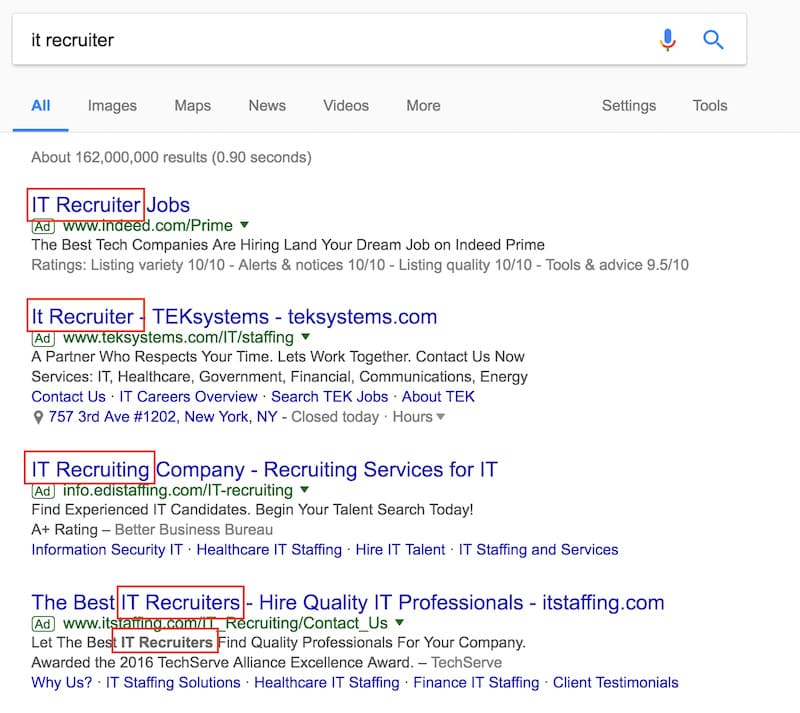
Bidding Strategies
In this regard, a high-volume bidding strategy focuses on getting as many low-cost conversions as feasible under a given budget. After you’ve secured all of these actions, you’ll move on to the more pricey ones. Incidentally, targeted CPA bidding in Google Ads is a system that adjusts bids to acquire as many client actions as achievable.
Cost and ROI Differences
Both points fluctuate dramatically among the two channels. Google Ads offer a higher CPC but probably higher ROI for intent-driven individuals, while Facebook Ads necessitate an in-depth knowledge of consumer behavior and campaign goals. Google (AdWords) could be cheaper and better for instant responses, while Facebook advertising could be better at increasing brand recognition.
Advantages of Using Google Ads and Facebook Ads
The primary benefit of web-based marketing is that businesses can decide on their budget and solely pay for anyone who clicks on their ad. Online advertising with Facebook Ads and Google is flexible. Creating and putting out a campaign doesn’t take much time. It enables larger-scale initiatives that could be easily replicated with effort.
Why Use Google Ads?
Businesses can reach anyone who searches for information, products, and services online using Google properties, which include Google Search, Gmail, Google Maps, and YouTube. Because of its focused approach, Google Ads claims to make better use of advertiser budgets, increasing ROI while rendering it a reasonable advertising network.
Why Use Facebook Ads?
Facebook can assist a business in increasing visibility for its meta content while also driving traffic to its main website, whether it’s bedrock content or basic ad copy. Facebook ads can be configured to aim for enhanced web traffic, impressions, and CTR. They’re much cheaper than nearly all other campaigns, and the targeting options are comprehensive.
Which Is Better for Your Business
Having the correct advertising framework resembles finally deciding on the ideal schedule — it arrives at the optimal time. Any business requires a reliable online advertising ecosystem to carry out an accurate and effective marketing effort. The ideal one might broaden the brand’s reach and attract a devoted clientele. However, if you choose the incorrect system, you risk missing out on your target audience and failing to get an adequate ROI.
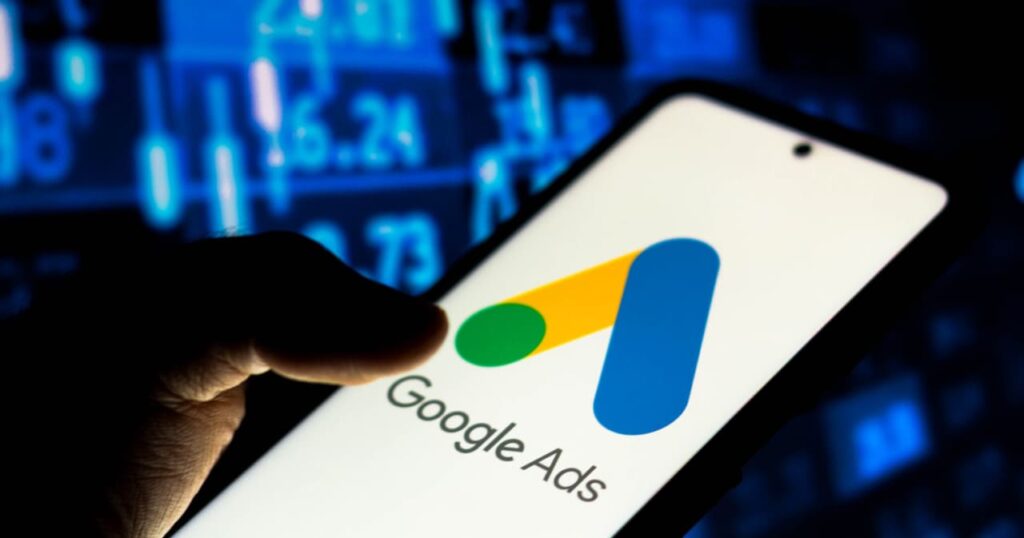
Factors to Consider
You can target people based on region, age, gender, occupation, and other criteria. The custom audiences function allows you to connect with the intended audience. Meta platforms are frequently preferred due to their low cost and large market accessibility, which renders them a popular alternative. Google (AdWords) requires a larger budget owing to its model but can provide huge returns due to its capacity to gather high-intent users.
Budget and expected ROI
Once you begin putting funds into commercials, you must define your goals. You’ll need to select various mediums, formats, and measurements based on your goals. If your goal is to boost awareness, you could prioritize impressions and engagement on Meta platforms. When you want action, consider Google Ads to target markets and monitor sales.
Product or service: search-driven vs. visually appealing
The most critical benefit of search ads is their targeting with high intent. When a user looks for a certain keyword, it usually means they’re about to make a decision. Display ads, on the other hand, are very effective at reaching a large audience. Because they are displayed throughout a broad network of websites, they could help the company acquire visibility to a more diverse segment of prospects.
Goals of the campaign: conversions vs. awareness.
Even if a campaign focuses on raising awareness, the ultimate goal is to increase interest in a product and generate sales. Similarly, a lower-funnel conversion campaign aims to produce lead purchases or inspire people to take certain actions on the website. Employ the brand awareness ad objective in Facebook Ads to boost recognition. However, if you want to convert, you should use Google Ads, which have an average CVR of 4.8%.
Goal-Based Selection – which platform is best?
Know who your ideal clientele is, what demography they relate to, and what ultimate objectives you’d like to reach out to. This data will assist you in selecting an advertising system that provides targeting possibilities relevant to your audience’s traits. In particular, if the target audience interacts nearby, you ought to think about targeting an audience on Facebook in that location.
Driving Website Traffic
Google Ads is an effective strategy for increasing visitors to your website. You could draw additional traffic to the property by circulating customized ads that display near the forefront of search engine results. Facebook Ads allows you to make lookalike audiences using current customer or website visitor data. These audiences are akin to your present-day consumers, boosting the likelihood of generating suitable traffic consistency.
Generating Leads
Persons in the audience you want access to Google assets and respond to the ad that includes the lead form. Individuals accessing the lead form can enter their data, such as their email address and other credentials. Click-to-message ads on Facebook can assist you in acquiring leads by directing consumers who click on the ads right into Messenger chats with a company.
Increasing Brand Awareness
Search ads allow you to attract users diligently looking for something similar to yours. Once consumers enter relevant terms, such ads are displayed at the forefront of search results, increasing the company’s visibility. Use Facebook Ads to allow yourself to specify an awareness target for campaigns in which you’d like to display messages to those who are more inclined to recall them.
Combining Facebook Ads and Google Ads
Merging both channels into a single funnel is effective for various causes. Facebook is good for reaching out to fresh people, but Google Ads works well for pinpointing those who have already expressed curiosity. In brief, Google Ads and Facebook Ads can be utilized together and equally to raise awareness and CTRs.
Best Practices and Tips
Initiate by evaluating a tone of voice, which may reflect the company’s personality. The more genuine you are, the more effective your commercials will be. Speak directly to them about the obstacles preventing them from appearing to customers. Include writing copies of the target creative for specific markets to ensure you speak to what persuades each group.
Google Ads Best Practices
Replace low-performing terms and reduce the budget, but if a campaign contains past conversion data from target customers, it’s worth seeing if Google (AdWords) can persuade more of them. Ensure that tracking is enabled and correct. Warrant that the bidding strategy is in line with the company’s aims. Observe landing pages and test the implemented changes for long-term operation.
Keyword Research and Optimization
Utilize long search terms that prospects will employ to describe your offerings; it suggests you should make overly broad terms more tailored. Make certain keywords are appropriate for targeting the ad group. Don’t employ overly generic terms — avoid being enticed to include words unrelated to your ad, but produce a lot of intent.
Ad Copy Writing Tips
The most effective strategy to increase the CTR of a Google ad is to highlight what makes the intended service distinctive. Adding keywords to ad copies is straightforward, but ensuring that the keywords are used adequately is critical. Don’t just throw in as many as you can. We propose you test a few placements in creatives to determine what drives results — the first headline works best.
Landing Page Optimization
Your landing page should also include the CTA from your ad content. If your ad invites customers to sign up for a free tour, you may prominently display a sign-up form on this landing page. To improve the landing page’s content for clicks, capitalize on the following points: build a connection through headlines, give value, and persuade.
Facebook Ads Best Practices:
Some CTA buttons are accessible on Facebook. They grab curiosity and inspire people to interact with a commercial. Try using various layouts of CTA buttons depending on what you want visitors to accomplish. Choose a vertical or square aspect ratio — most users hold devices vertically, so you’ll cover the whole screen. Incidentally, the carousel lets you display multiple photos that viewers can scroll through.
Creating Effective Ad Creative
Your ad creativity should convey a clear, succinct message, immediately attracting the viewer’s attention. Whether it’s a captivating headline or a graphic, the message should be effortless to grasp. Visual material is essential for Facebook Ads — adapt eye-catching graphics or videos related to your product.
Targeting the Right Audience
Facebook provides various targeting alternatives, like basic audiences that reflect passions and attitudes, tailored audiences built on the information you provide, client lists, and look-alike recipients. You could employ a custom audience to target ad creatives to people who resemble the present market.
A/B Testing for Continuous Improvement
The function allows you to juxtapose two distinct versions of an ad schedule by modifying variables like ad images, text, audience, and layout. Facebook displays all versions to a subset of the target market, ensuring that no one views both, and then analyzes which one works better. Trials last between 4 and 30 days and cover your goals.
How to Measure Performance for Google Ads and Facebook Ads
Once on the Google Ads dashboard, head to the “Campaigns” category. The following space contains all the currently ongoing initiatives. Preparing to go into particular ads and becoming accustomed to vital execution measures. They pertain to the CTR, CVR, CPC, and ROAS. Mastering them will provide accurate measurements.
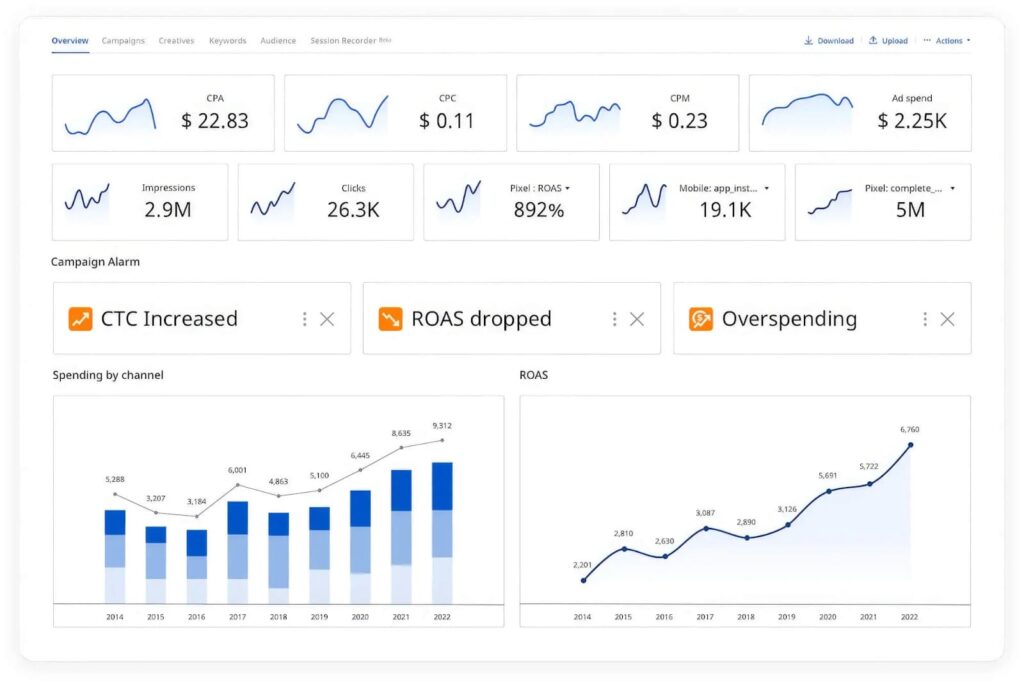
Results are the aggregate amount of occasions your campaign achieved the targeted objective. This is likely the most essential metric, and it varies depending on the kind of Facebook campaign. The results will be a conversion statistic, including buying decision-making or lead generation.
Tracking Google Ads Performance
Precise monitoring lets you understand how efficiently the ad hits result in a move. Online purchases, calls, and newsletter signups are all examples of worthwhile activities. Incidentally, Google advertising reports feature post-click data for individuals who click through your ad creatives and visit the website.
Evaluating Facebook Ads Campaigns
Your metrics could be handled on-site with the embedded Meta services or from outside the Facebook Ads network. Ads Reporting is one of the means you’ll need — the feature makes up for the Meta Ads Manager application that allows you to publish and execute commercials. It’s the primary instrument for analyzing the results of the initiated ads on Facebook. It also enables you to produce ad data sheets from scratch or using templates.
Examples of Effective FB and Google Ads Campaigns
Sephora’s ad featured an obvious “Book Now” hyperlink that directed viewers straight to Facebook Messenger. When they pressed the CTA button, a chatbot guided them through the reservation process.
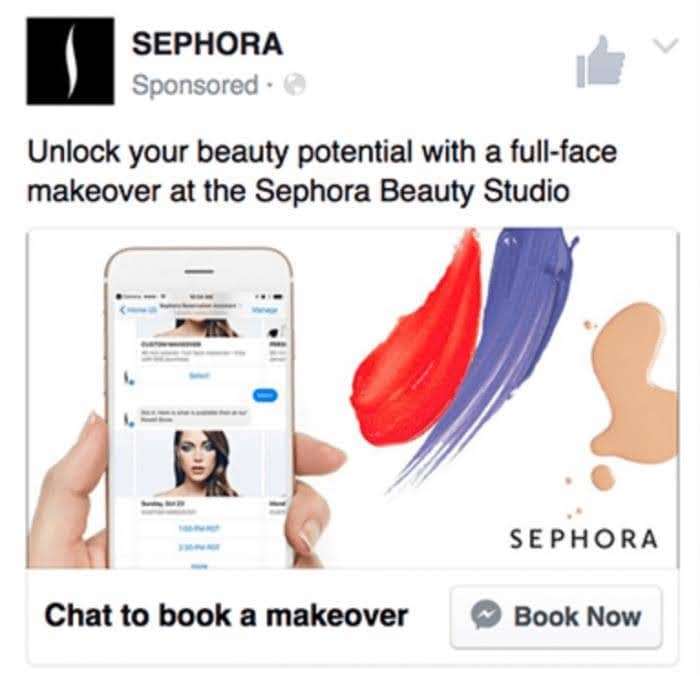
The chatbot provided suggestions according to the user’s interests. Similar guidance can help users navigate the procedure more quickly and efficiently.
In this model, Paper Culture diversified its consumer base and market reach by leveraging Google Shopping ad initiatives and its ongoing Google Ads campaign.

Outlining the price reduction is crucial for making the ad seem cheaper for prospective clients. The ad uses advanced targeting strategies, such as targeting certain territories, bringing in market segments, and integrating extra pertinent terms into merchandise titles. Having an assortment of high-quality product visuals permits the brand to exhibit its unique designs for the products.
FAQ
Are Google Ads better than FB Ads?
In general, Facebook Ads are more effective in increasing brand awareness and connecting with customers. Google Ads, on the other hand, is more effective at increasing sales and attracting new customers. Facebook advertisements are less expensive than Google ads but have a lesser reach, while Google AdWords services frequently cost more but can target a bigger pool of possibilities.
Is Google Ads profitable?
Undoubtedly, this network is worthwhile since it supplies a low-cost option that allows companies of every size to advertise to an almost limitless, targeted audience and local markets. These ads are incredibly adaptable, and you can initiate, stop, pause, or even change bidding at any moment.
Is it worth paying for Facebook Ads?
Meta ads require an average cost of $0.94 per click and have some of the highest ROI of any type of advertising. Facebook Ads profits have been increasing by 25% yearly, promptly appearing as the most popular advertising network. You could initiate a campaign for as little as $10 daily. Setting a budget allows you to regulate how much money you spend using Facebook Ads.
What are the best Google Ads campaign goals for lead generation?
The “Leads” campaign objective is an effective way for business owners to increase their consumer base and produce new leads. By relying on this aim, you may reach out to customers who are interested in your products or services and persuade them to share their contact information.
How much does it cost to run Google Ads?
Google Ads clicks cost between $1 and $5 on average but can reach $20 or more in competitive industries such as banking or finance-related. There is no minimum budget for circulating ad campaigns within the Google Display Network. Although there is no set number, we recommend you begin advertising with a budget consistent with your goals and allowing for substantial results.
How much does it cost to run Facebook Ads?
The pricing of Facebook ads depends on the sector, target demographic, ad goals, and bidding method. We advise beginning with a $20-a-day investment to execute around 15 ad groups for one week. This configuration means you’ll pay roughly $1000 in total. Starting with a monthly spending limit of $500 to $1,000 is commonly achievable.


